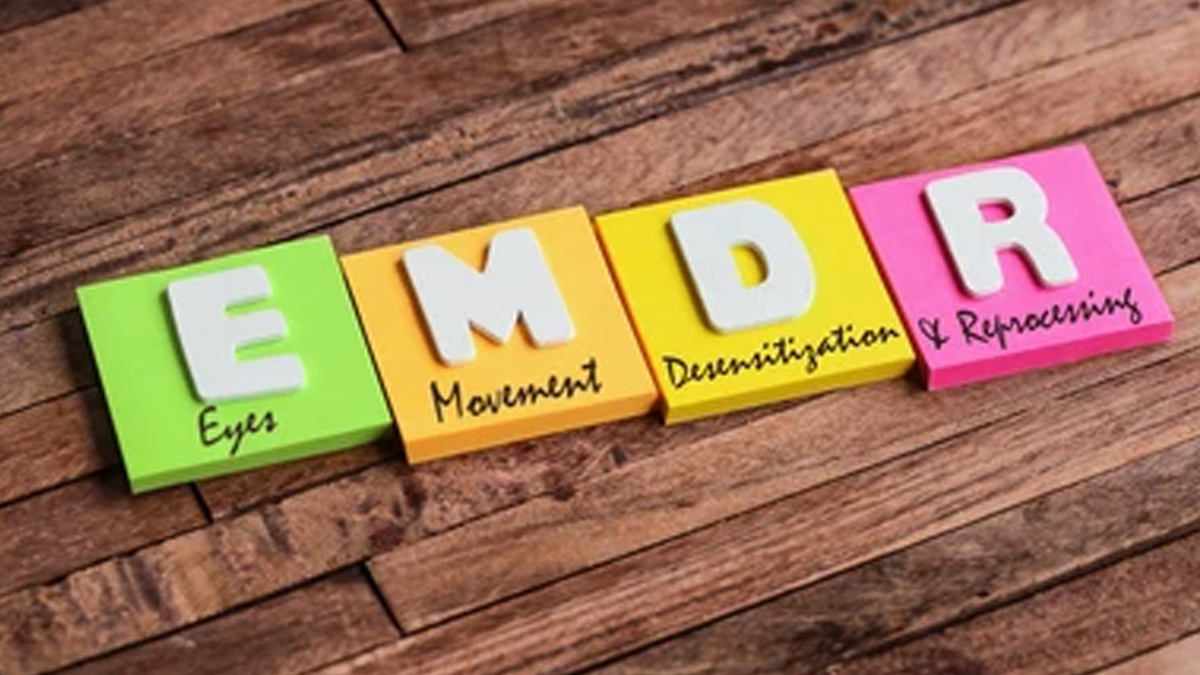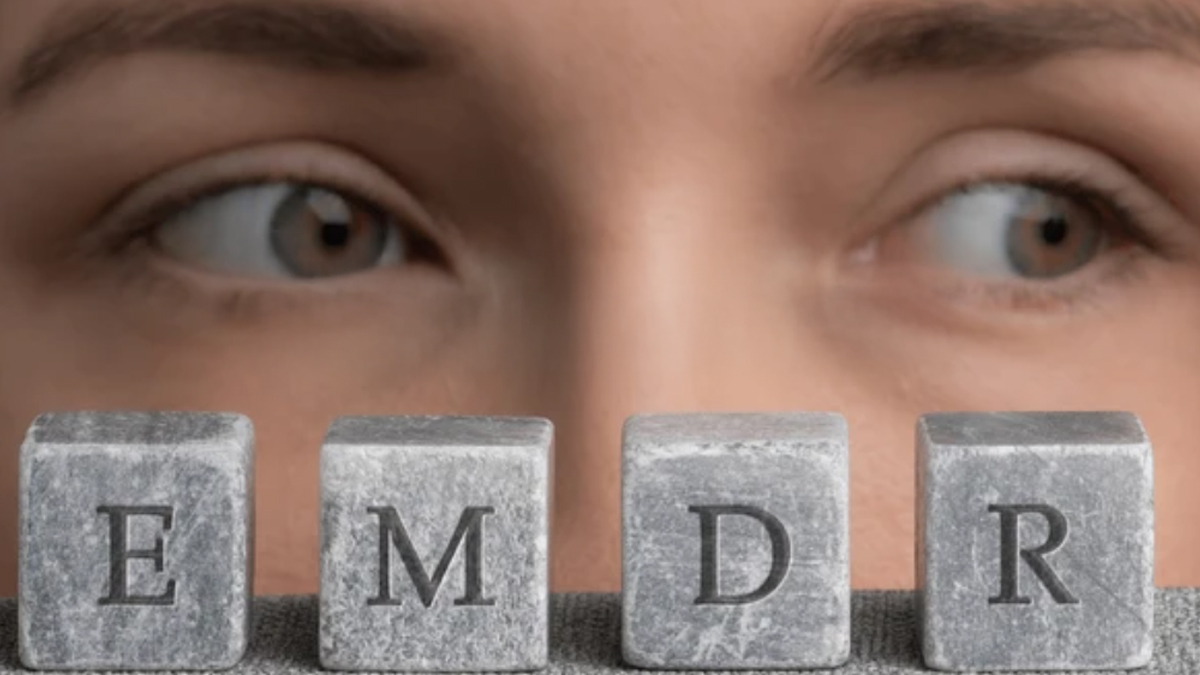
In a recent interview with British Vogue, singer-sensation Miley Cyrus opened up about her past traumas and revealed how EMDR helped her cope. EMDR, or Eye Movement Desensitisation and Reprocessing, therapy offers a way forward for individuals who cannot process difficult experiences, leading to psychological symptoms.
Table of Content:-
CHECK YOUR
MENTAL HEALTH

In an interaction with the OnlyMyHealth team, Dr Sanjay Garg, Consultant, Mental Health and Behavioural Sciences, Fortis Hospital, Anandapura, explains how this innovative therapy works, who can benefit from it, and what sets it apart from traditional talk therapy.
Also Read: Behavioural Therapies Explained: ABA, CBT, And Their Impact On Neurodiverse Children
How Does EMDR Therapy Work?

EMDR therapy helps people process traumatic memories. During a typical 60–90 minute session, it makes patients recall distressing events while following the therapist’s finger or other stimulus moving side to side.
“This bilateral stimulation is thought to reduce the emotional intensity of memories and rewire how they’re stored in the brain, promoting healing and reducing symptoms of PTSD, anxiety, and other conditions,” says Dr Garg.
Research shows that EMDR is a powerful and effective way to reduce symptoms of trauma and ease difficult emotions, often outperforming traditional therapy. This makes it a helpful tool for clinicians and for anyone looking for healing after a tough experience.
Who Can Benefit From EMDR Therapy?

EMDR therapy is especially beneficial for individuals with:
- Post-Traumatic Stress Disorder (PTSD)
- Childhood trauma or abuse
- Anxiety and panic disorders
- Depression linked to past events
- Phobias
- Grief and loss
- Sexual assault survivors
- First responders and combat veterans
Mental Health Conditions Commonly Treated By EMDR
The most widespread use of EMDR is for treating Post-Traumatic Stress Disorder (PTSD). Mental healthcare providers also use it in the treatment of the following conditions:
- Anxiety disorders: generalised anxiety disorder, panic disorder, phobias and social anxiety/phobia.
- Depressive disorders: major depressive disorder, persistent depressive disorder and illness-related depression.
- Dissociative disorders: dissociative identity disorder or amnesia and depersonalisation or derealisation disorder.
- Eating disorders: anorexia nervosa, bulimia nervosa and binge-eating disorder.
- Obsessive-Compulsive Disorders: Obsessive-Compulsive Disorder (OCD), body dysmorphic disorder and hoarding disorder.
- Personality disorders: borderline personality disorder, avoidant personality disorder and antisocial personality disorder.
- Trauma disorders: acute stress disorder, PTSD and adjustment disorder.
Also Read: Walk And Talk Therapy: Can Movement Enhance Your Mental Health Journey?
How Is It Different From Traditional Talk Therapy?

According to Dr Garg, as compared to traditional talk therapy, EMDR therapy doesn’t require detailed discussion of trauma. Instead, it helps reprocess distressing memories by targeting the emotions, thoughts, and behaviours they trigger, allowing the brain’s natural healing.
Dr Garg adds that the brain, a physical organ, supports the mind, which consists of thoughts and memories. Brain networks, especially those linking memory and senses, enable quick, powerful recall through sensory triggers.
Are There Any Risks or Side Effects?
It is important to know that EMDR has some limitations. “It mainly helps with trauma-related conditions and may not work for issues caused by genetics or brain injury. Its effectiveness is supported by evidence, but the exact mechanism remains unclear. As a newer therapy, long-term outcomes need more research,” says Dr Garg.
He adds, “Risks are minimal, though some people may experience distressing thoughts or feelings between sessions.”
Takeaway
EMDR therapy offers a way forward for those struggling to heal from difficult or painful experiences — without forcing them to relive every moment in detail. Whether it’s trauma, anxiety, phobias, or depression, this gentle yet powerful approach helps ease distress and enable healing from within. While it may not be a perfect fit for everyone, and there’s still much we’re learning, with its growing body of research and few side effects, EMDR brings hope to many on their path toward recovery and peace.
Also watch this video
How we keep this article up to date:
We work with experts and keep a close eye on the latest in health and wellness. Whenever there is a new research or helpful information, we update our articles with accurate and useful advice.
Current Version